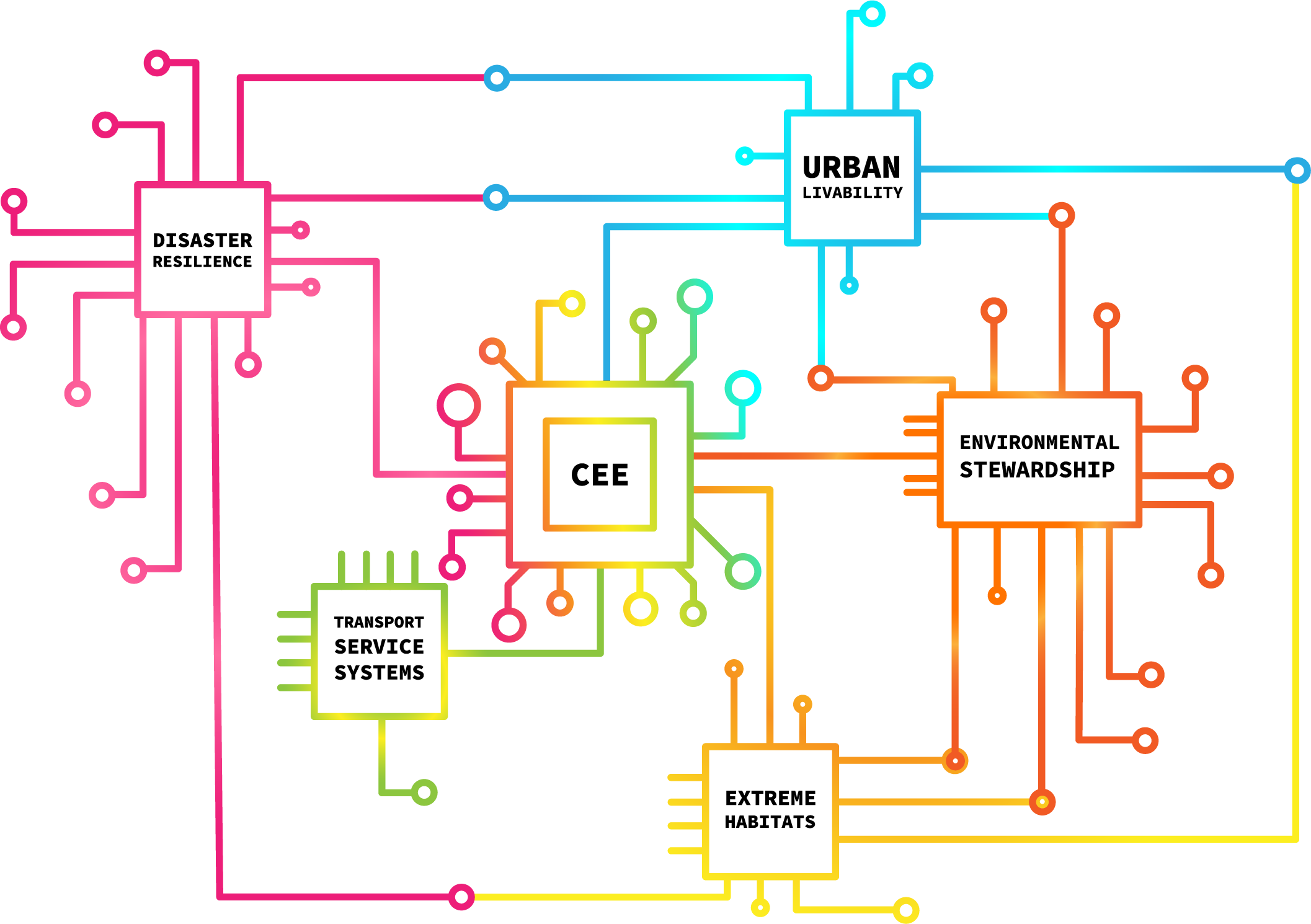
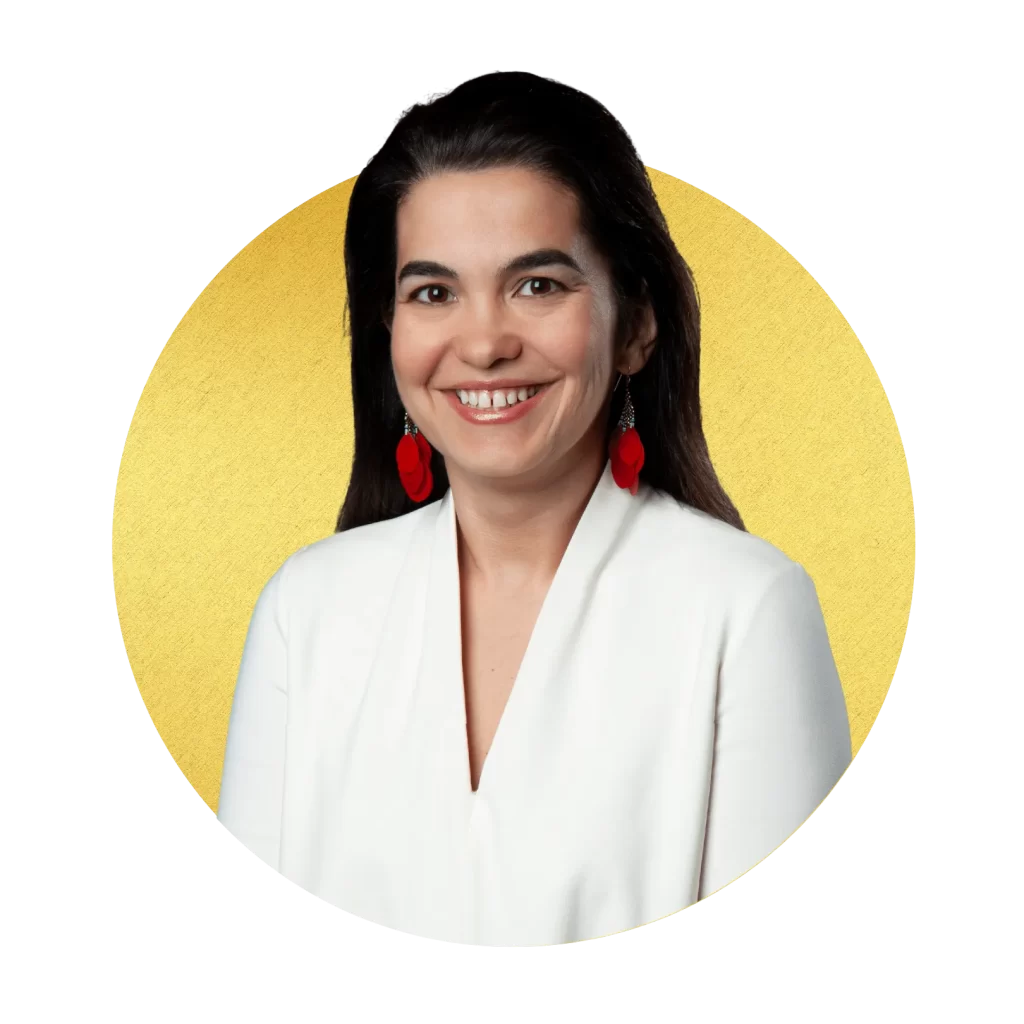
Dr. Becerik
My research uses machine learning to sense and predict both building- and occupant-related information to understand human response as well as VR or AR to explore human-building interactions and construction safety while working on robot-assisted sites.
Find out more
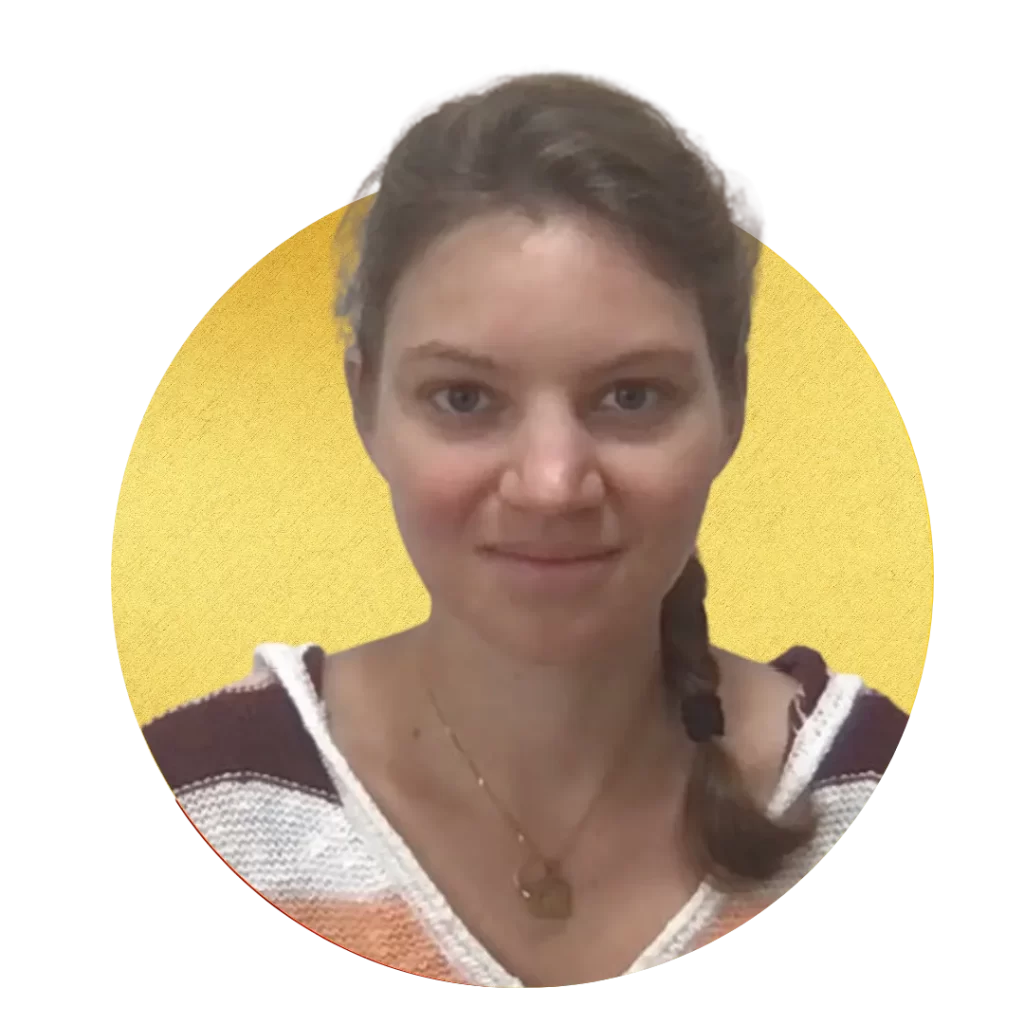
Dr. Olivier
My research uses Bayesian inference techniques to infer parameters in both physics-based and data-driven models.
Find out more

Dr. Ghanem
My group’s research uses probabilistic modeling and computational stochastic mechanics, quantitative models for the propagation of uncertainty in physical systems and probabilistic multi-scale modeling.
Find out more

Dr. Soibelman
My group’s research uses computing to develop frameworks, and algorithms, that support the acquisition, modeling, management, and analysis of construction/infrastructure management data.
Find out more

Dr. Sanders
My research uses computing to run models which analyze climate, air pollution, hydrology, and electricity consumption to predict and gain insight into the impact of human energy systems.
Find out more

Dr. Sioutas
My group’s research focuses on developing technologies for measuring the physico-chemical characteristics of air pollutants, with an emphasis on particulate matter (PM) and determining their toxic properties.
Find out more

Dr. McCurry
My group’s research uses computational methods to address water quality challenges related to chemical and ultraviolet disinfection of wastewater and drinking water.
Find out more

Dr. de Barros
My group’s research uses physics and data-driven methods to predict the dynamics of fluid flow in porous media and solute transport processes.
Find out more
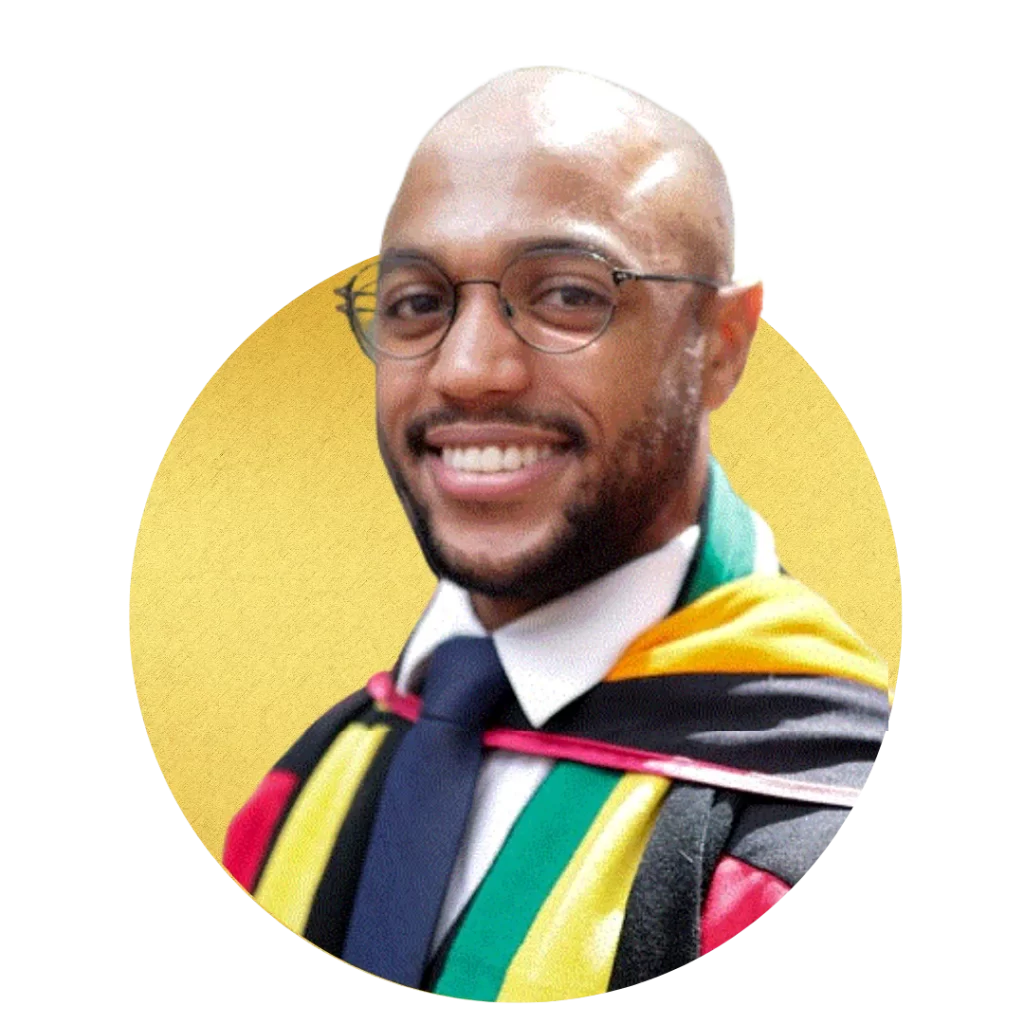
Dr. Simpson
My research focuses on investigating chemical exposures to people through food and water and how communities and socioeconomics interplay with these exposures.
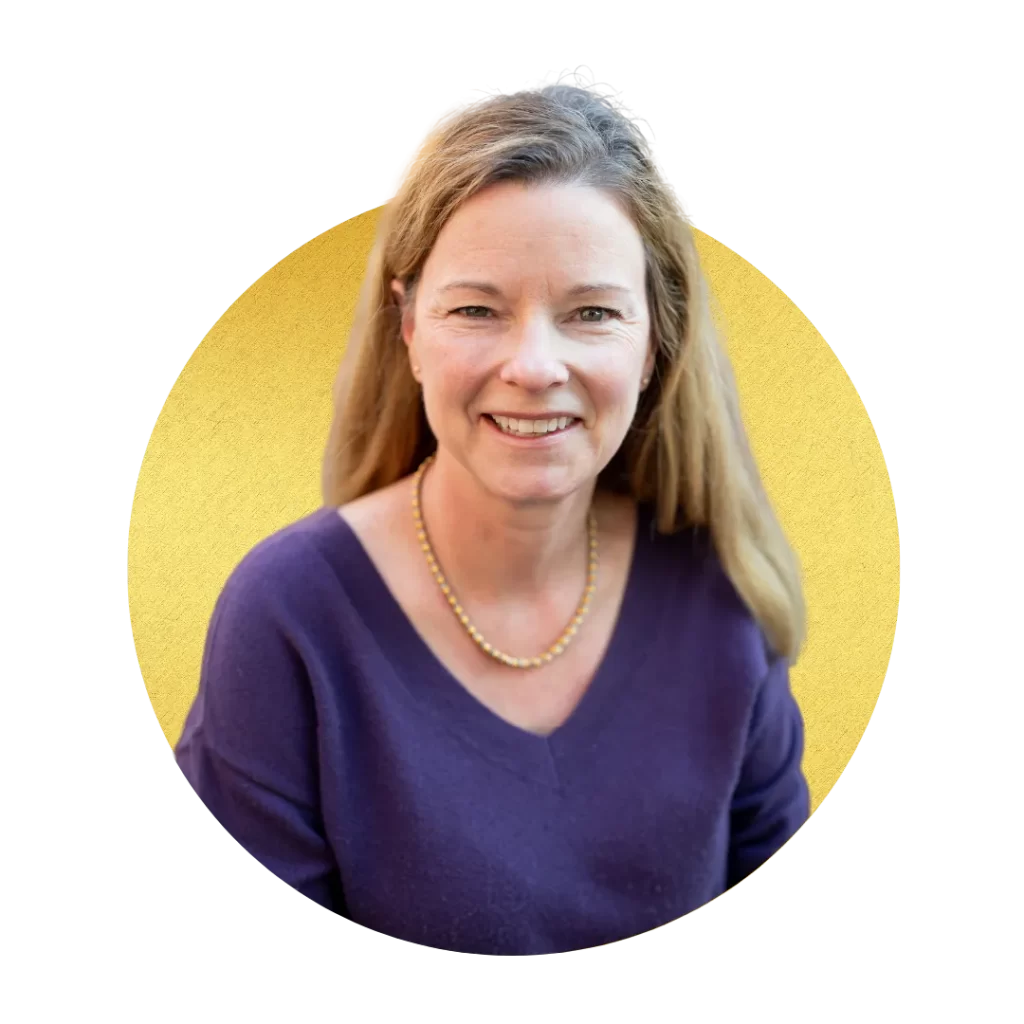
Dr. Childress
My group’s research uses computing to evaluate the energy, recovery, and water quality advantages of advanced systems to reduce energy consumption in clean water production, to reuse water during energy production, and to leverage uncommon sources to produce energy.
Find out more
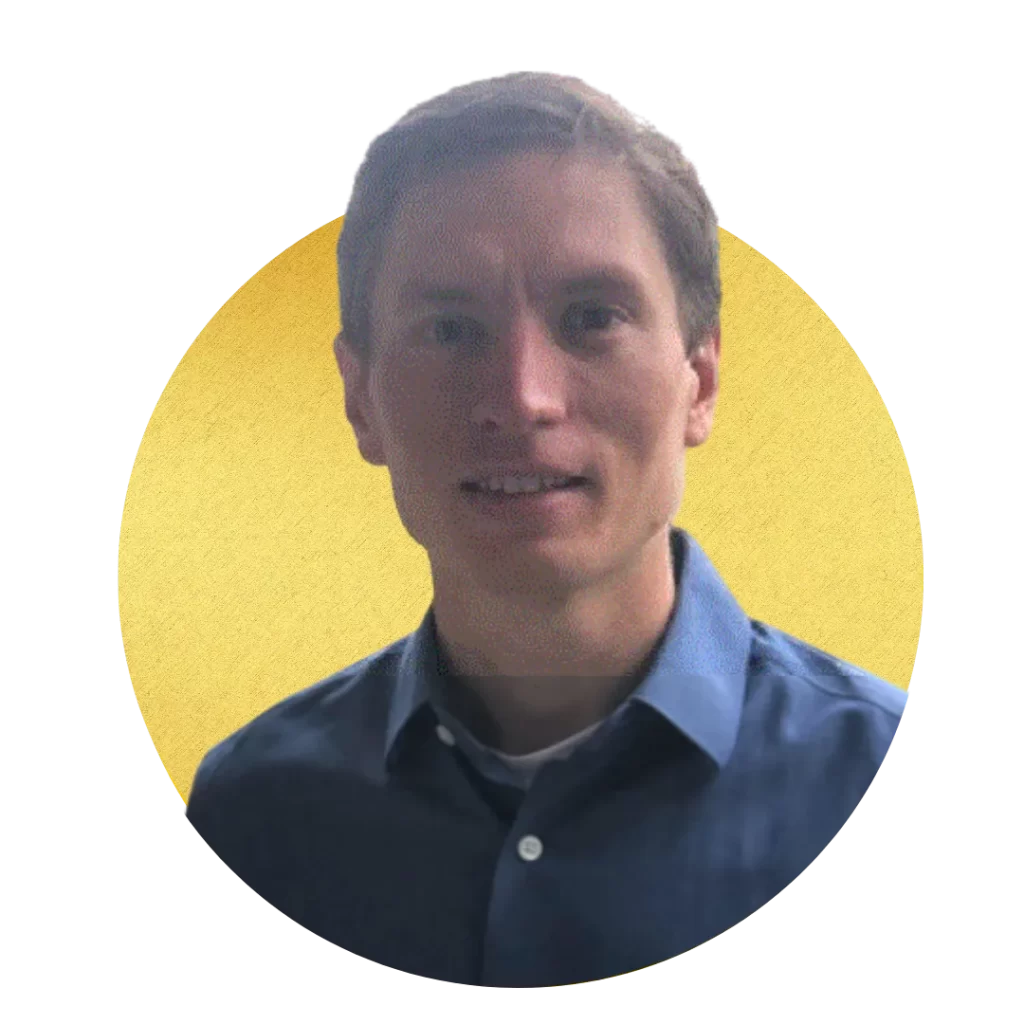
Dr. Petersen
My research uses computing to develop theoretical models to study and predict how the binding forces in cement may be affected by changes in its electrochemistry.
Find out more

Dr. Wang
My group’s research uses computing to study bioinspired manufacturing and mechanics of unprecedented materials and structures.
Find out more
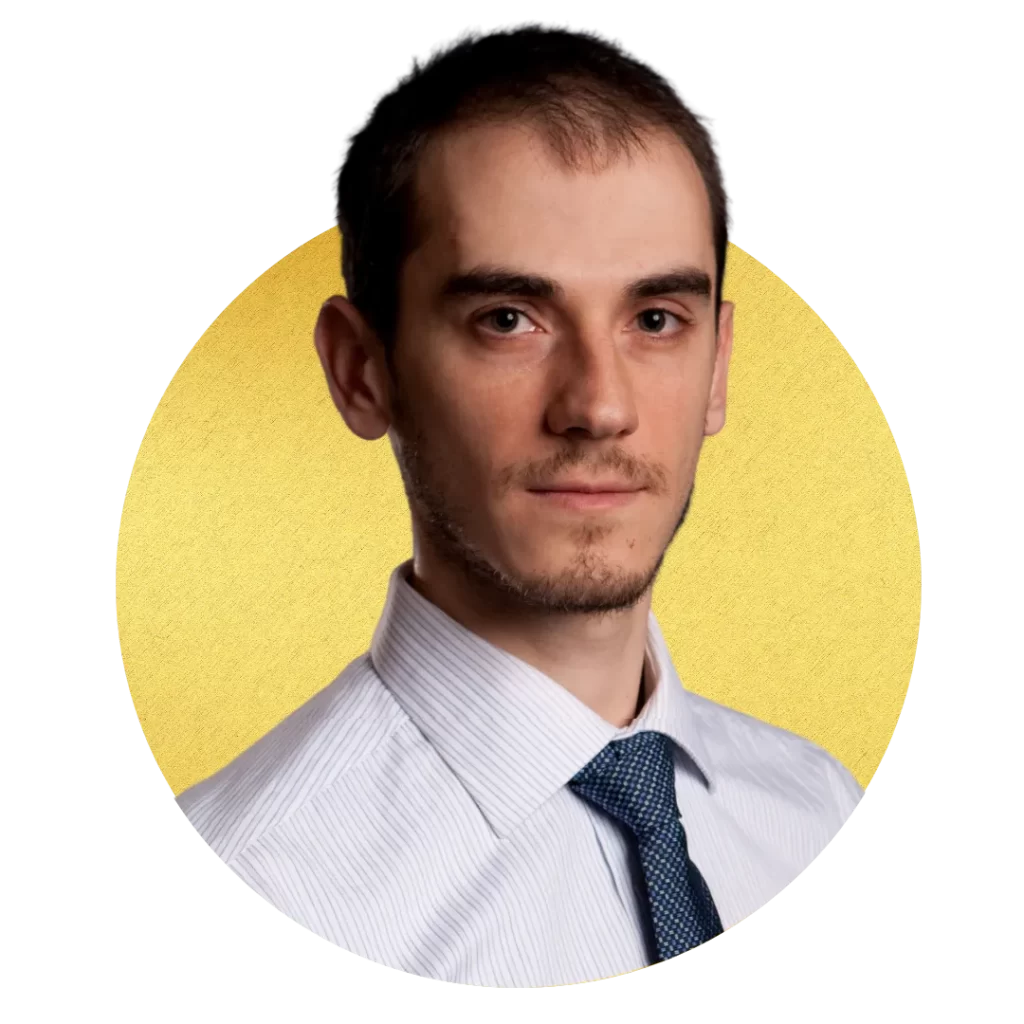
Dr. Gencturk
My group’s research uses data and computational methods to study material and structural behavior in addition to failure mechanisms of buildings.
Find out more
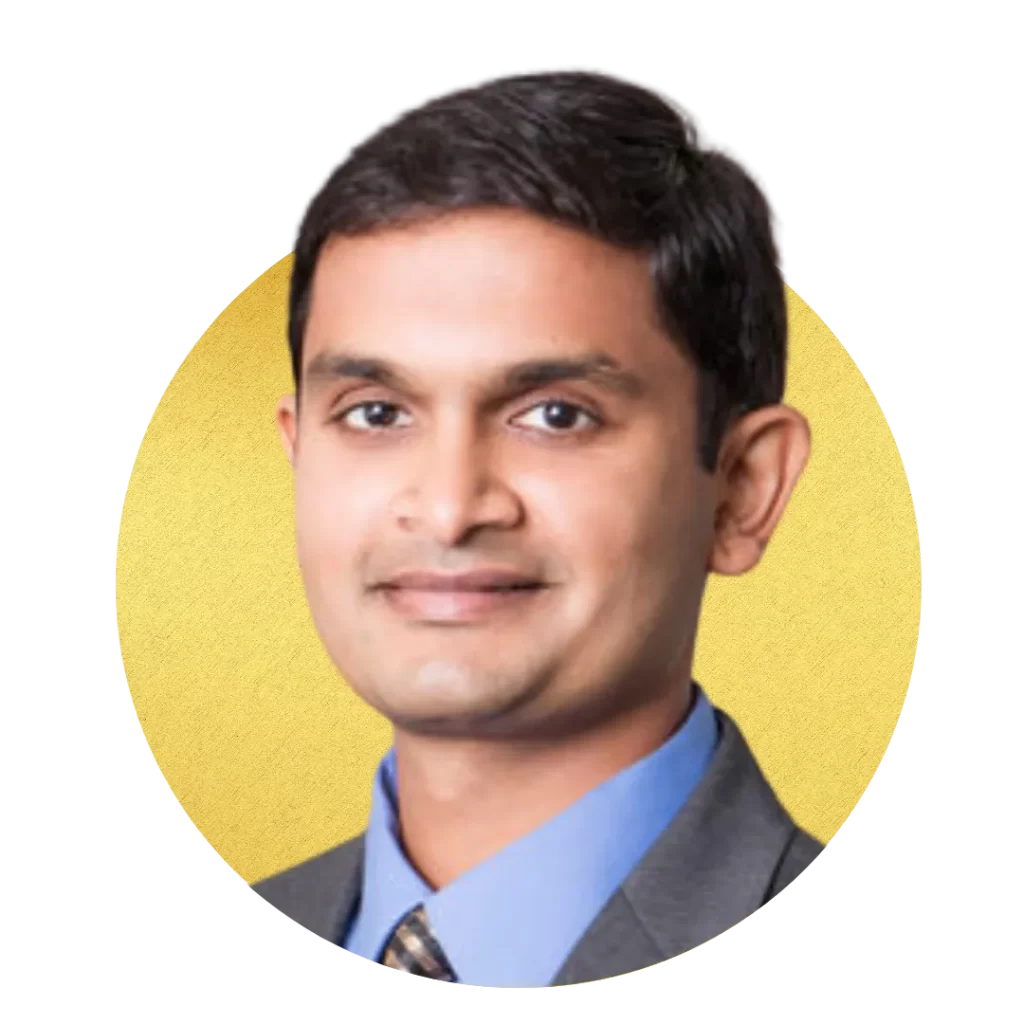
Dr. Savla
My group’s research uses computational methods to study transportation networks and infrastructure through control and dynamical systems, optimization, stochastics, networks, game theory, learning, and experiments.
Find out more

Dr. Nweke
My group’s research uses regression analysis to develop and validate models focused on estimating site response in sedimentary basins and surrounding non-basin locations.
Find out more
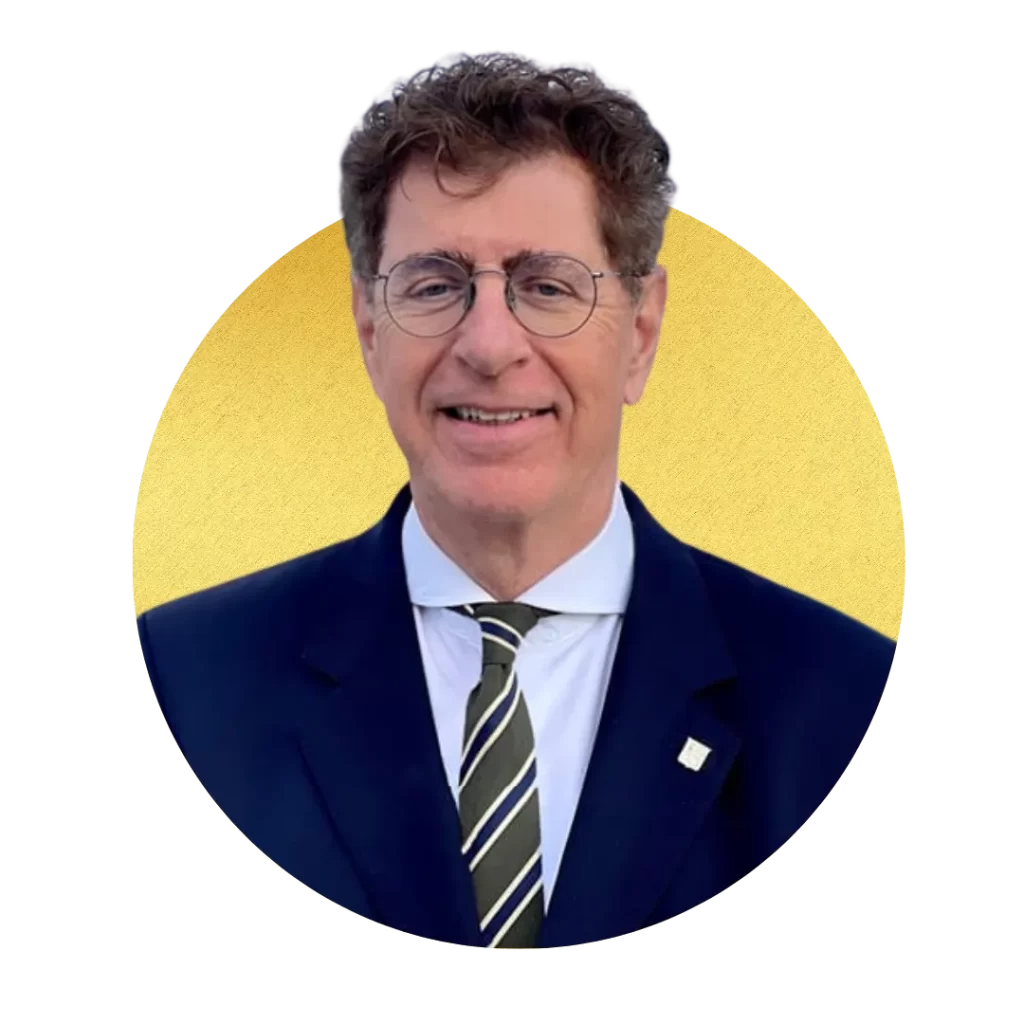
Dr. Synolakis
My group’s research developed the computational suite of codes MOST (Method of Splitting Tsunami) and uses numerical and analytical modeling to study tsunami behavior.
Find out more

Dr. Johnson
My group’s research uses machine learning to monitor structural health, develop models, and study dynamic systems.
Find out more

Dr. Lynett
My group’s research uses numerical-based multi-scale wave modeling, hybrid and parallel numerical computing, investigations into tsunami breaking, and extraction of energy from nearshore wind waves.
Find out more
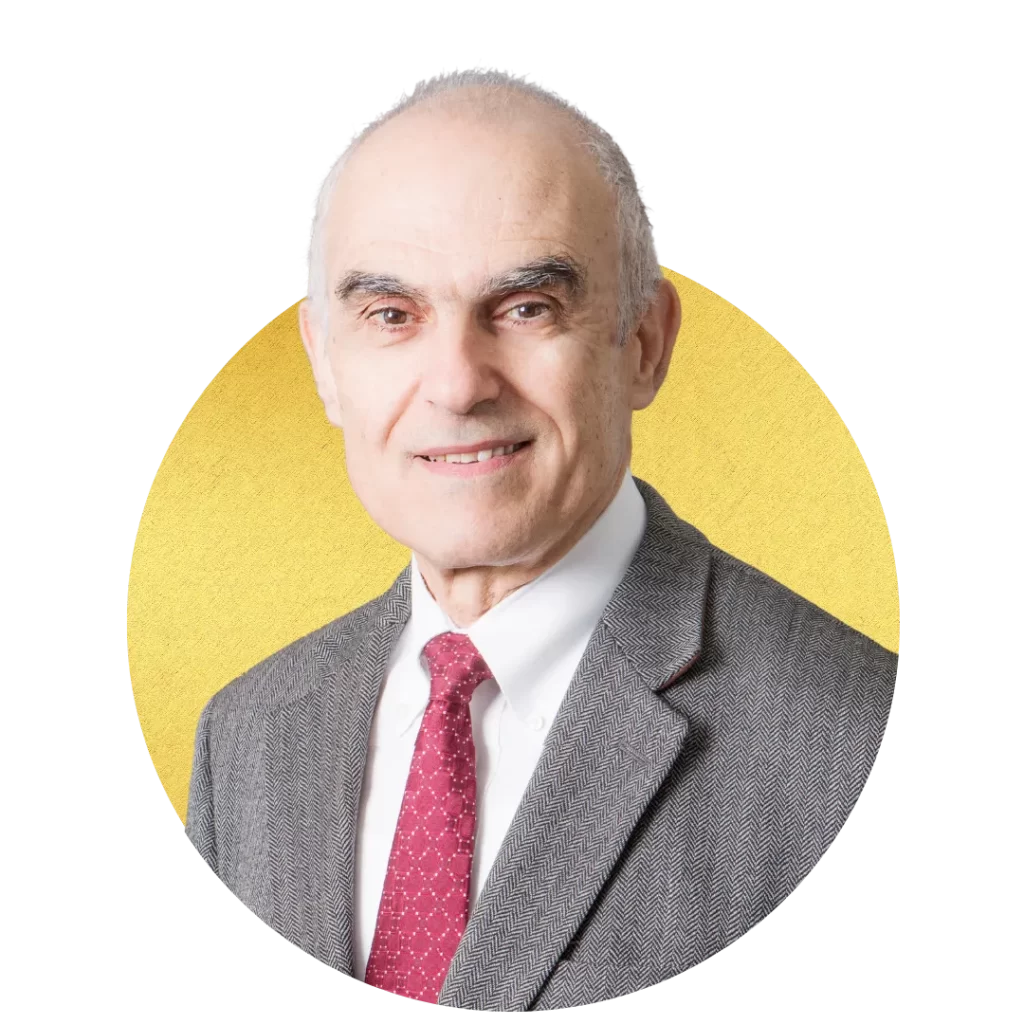
Dr. Masri
My group’s research uses computing to achieve modeling and monitoring of nonlinear dynamic systems.
Find out more

Dr. Meshkati
My research uses computational methods to determine risk reduction and reliability enhancement of complex technological systems, including nuclear power, aviation, petrochemical, and transportation industries.
Find out more
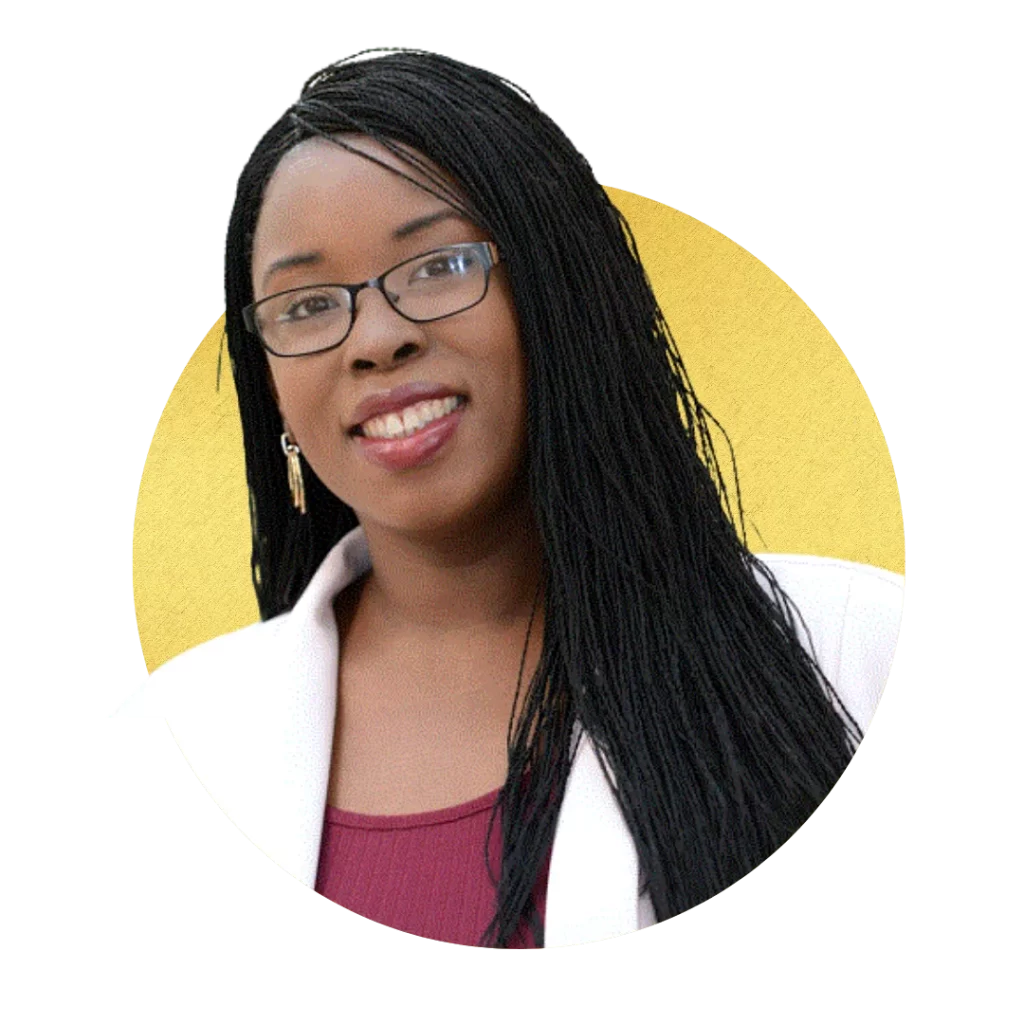
Dr. Abdul-Aziz
My research focuses on developing novel materials for sustainable catalytic processes for low-carbon chemical production.

Dr. Smith
My group’s research uses bioinformatics tools to analyze DNA and RNA sequencing data from environmental samples.
Find out more